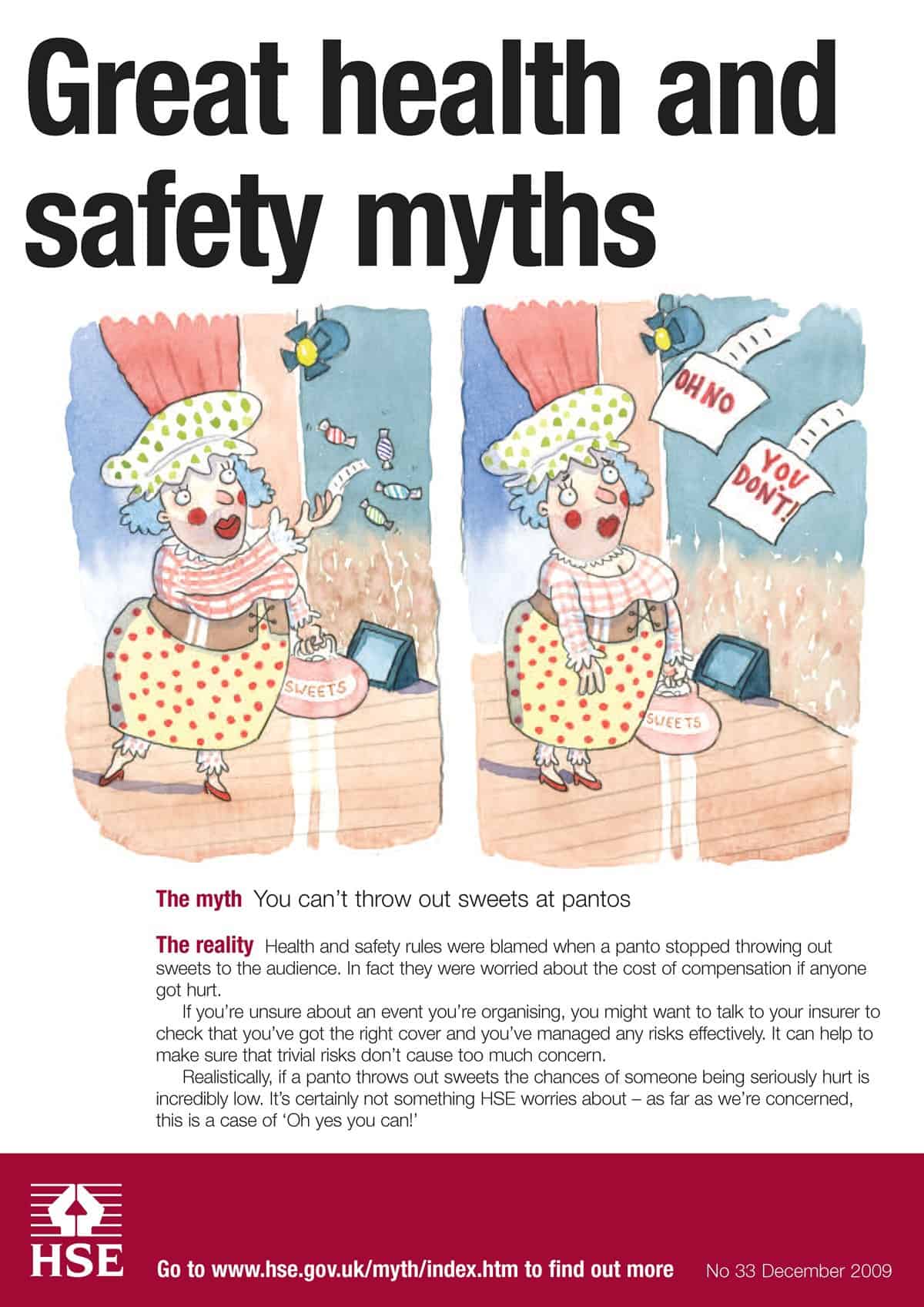Earlier in 2009, SafetyAtWorkBlog reported on concerns over a possible cancer cluster near a fish hatchery in Queensland.
The final report of the Queensland Government’s inquiry, Noosa Fish Health Investigation Taskforce, is not due until February 2010 but the Federal Government’s Australian Pesticides and Veterinary Medicines Authority has released a statement entitled “Endosulfan Ruled out as a Potential Cause of Noosa Fish Health Issues”. In that article APVMA states
“The Noosa Fish Health Investigation Taskforce has at this point eliminated endosulfan as a potential cause of deaths and deformities at a commercial fish hatchery at Noosa in the six events being investigated. Endosulfan was not used by the neighbouring macadamia property during the period under investigation. There was also some suggestion that because the commercial hatchery uses river water and fish from the river in its operations, pesticides in the Noosa River may have been involved in the incidents reported. However, environmental monitoring of water from the Noosa River and its feeder lakes has not indicated that endosulfan is present at concentrations that would be harmful to aquatic life.”
The ABC reports on 7 December 2009 that
“…aquaculture veterinarian Associate Professor Matt Landos says there is new evidence that endosulphan may be a factor.
“The early reports from the task force did not identify endosulphan in any residue testing and as such it was considered a less likely potential cause,” he said. “However, recent testing has identified the break-down product of endosulphan in the middle of Lake Cootharaba – in the middle of the Noosa system.”
Matt Landos is a member of the Queensland Government’s taskforce.



